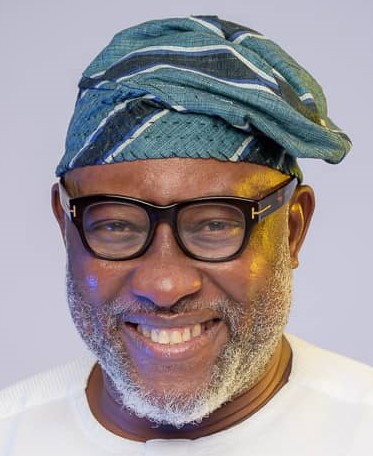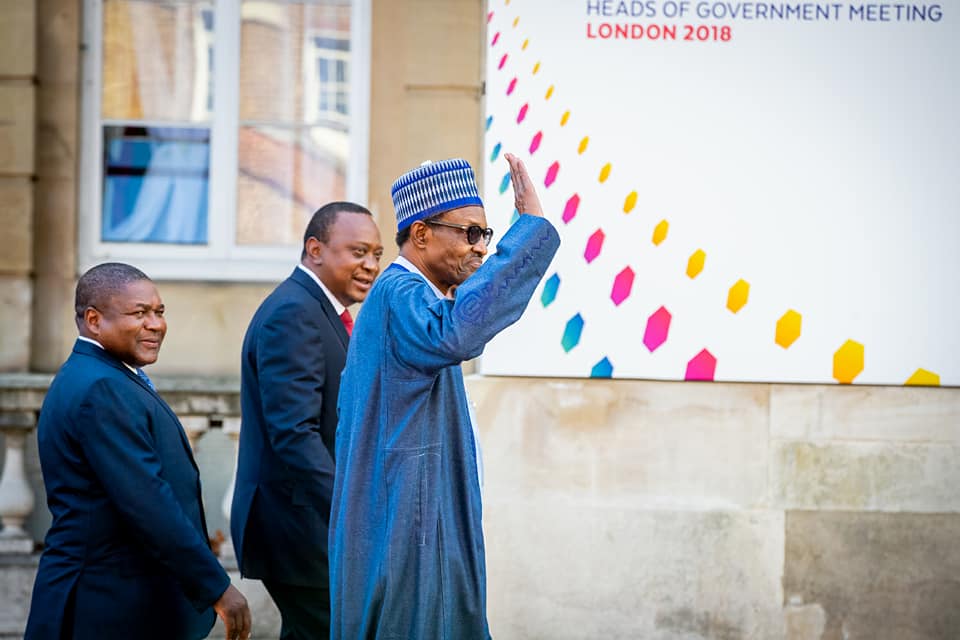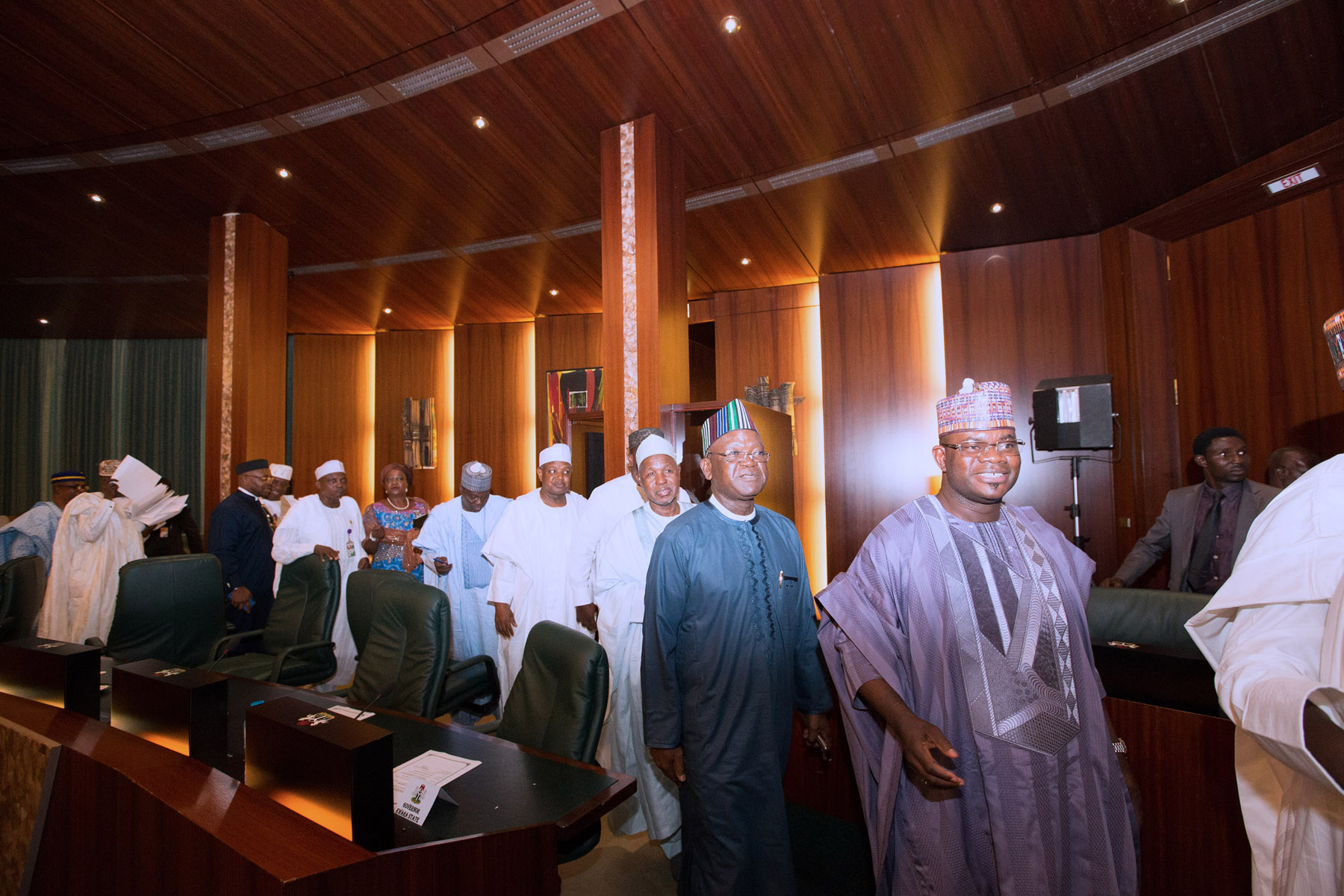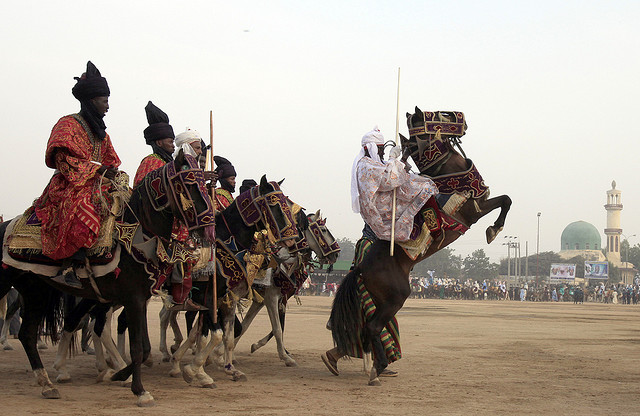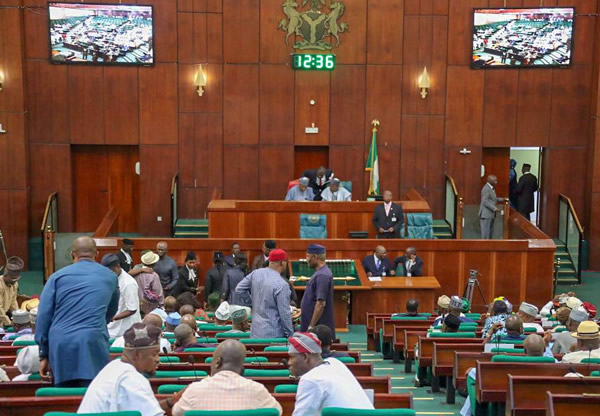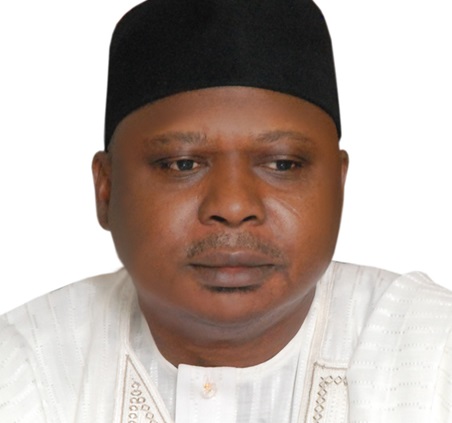I wrote this, weeks ago aboard a RWANDAIR flight, which happens to be one of my favorite African airlines which I fly with across Africa, as long as they have a connection. My week was busy and akin to what you could call shuttle diplomacy, though I had no mandate from the Federal Government of Nigeria but as you might well be aware, I often refer to myself as a consummate Commercial Diplomat. This week is about varying conversations from the mundane to the sublime, looking at divers economies, need for developmental cravings, life styles and even diplomacy.
As a senior executive in a multi-billion dollar global AGRIBUSINESS company with a footprint in 66 countries, and 25 of them on the African continent, it is important to do the talk of promoting and deepening Agricultural Conversations and promoting bilateral and multilateral Trade when the opportunity presents itself, and that is exactly what I did.
My journey started from Lagos to Gaborone Botswana where I was one of the speakers at the AFRICAN PUBLIC RELATIONS ASSOCIATION conference, aptly tagged APRA-2018. Here, I spoke on the topic STORY TELLING AS A TOOL FOR PUBLIC RELATIONS, and the thrust of my allocution was simple: tell the African story through your lens and prism, and in doing that, you must do three things, which I like to refer to as “the 3 Cs of story-telling, and Narrative control: Create your story, Control it and then Change it when you deem fit but do not let anyone alter or define for you what story you must tell as it is your prerogative to define it and affect if from your sphere of influence.
In times past, our traditional griots and bards told our story under the moonlight and then dramatized same until we allowed western influences to affect our Narratives and we lost control of the plot and it only took a BLACK PANTHER movie by an all-black ensemble to bring to fore our UBUNTU.
Advertisement
As a PanAfricanist, I then moved on to another country that had fascinated me since 1980; the homeland of Robert Gabriel Mugabe the 92 old leader who was swept away in what the Zimbabweans refer to as a Coup-non Coup as it was bloodless and ushered in a new regime, though from the old guard but has promised to do things differently though it is still early days, and elections are a few months away and hopefully he will consolidate if the former British colony called Northern Rhodesia can rise from the ashes; a hitherto food basket in the 80s to mid-90s lost the plot in my view after the so called land reform which I felt should have been gradual and turned itself into a basket case but is gradually shedding that toga with the new mantra ZIMBABWE is open for business. I witnessed first-hand the ease of travel through visa issuance and the pristine and functional airport in Harare. It is noteworthy that about a couple of weeks ago, Zimbabwe just placed a request to be taken back as a member of CHOGM; the world awaits the next line of action around this. One very uncanny discovery about the Zimbabweans revolves around the names they give themselves; a case study is the name of the general manager of the hotel that housed me which is Try-things why the name of his secretary is Do-things, another interesting discovery is the fact that the Zimbabwe State actually operates four different payment systems.At least I feel I should share some of my funny findings too.
From Botswana to Zimbabwe, and finally the CHOGM 2018 event, issues of discussion around national economies seem to appear same aside the varying conditions and circumstances with regard to growth related requirements. The discussion continues and an insight to the obvious shows that, the Commonwealth of Nations is an intergovernmental organization of 53 nations which comprise majorly of territories of the former British Empire prior to decolonization. It dates back to the early 20th century and was established by the Balfour declaration.
The organization spans the globe, comprising of advanced economies and developing economies of Africa, Asia, Caribbean, Europe and the Pacific Islands. It contains a total population size of 2.4 billion people with a 60% proportion under the age of 30. Furthermore, the organization had a combined estimated gross domestic product (GDP) of $10.4 trillion in 2017 (14% of Global GDP).
Advertisement
Despite the wealth within the organization, there is however a marked economic diversity. The membership consists of 31 developing nations, 14 of which are on the list of the United Nations least developed countries (LDC). Also, the poverty rate is higher than the global average with 20% of its citizens living on less than $2 a day which translates to nearly 1 in 5 people – some 444 million women, men and children living in extreme poverty
In recent years, traditional approaches to measuring national prosperity based on macroeconomic indicators have been revised and redefined. Multiple indicators assessing income inequality, average life expectancy, social capital infrastructure, and the level of corruption and literacy rates amongst others tend to show the bigger picture and better stratify and explain a nation’s prosperity. This has prompted an agenda for sustainable development (2030 Agenda) as was discussed in the recent Commonwealth heads of government meeting (CHOGM) of 2018 which sought a solution through which the commonwealth can contribute to a future which is fairer, more sustainable, secure and more prosperous.
The growth of the Commonwealth GDP is estimated in excess of 4% year-on-year per annum still has potential for growth. This is largely driven by the intra-commonwealth trade in goods which has experienced a steady growth of 10% each year for over the past two decades. A significant proportion of this potential is a result of under-trading between Asian members and between African members. At the same time, there is also considerable untapped potential for trade expansion from Commonwealth African, Asian, Caribbean and Pacific developing Nations with developed Nations within the Commonwealth. A prime example is the estimated $12 billion potential African export to the UK by the Commonwealth Secretariat.
The trade potential of a Nation however requires considerable investments in its production process to help scale production beyond the limits of the domestic markets. The production of goods for export has the benefit of product improvements and standardization of quality. On the other hand, imports will help the developing Nations to access technology, availability of a greater variety of products and competition. This will promote competition and offer consumers a better choice of alternatives.
Advertisement
Whilst trade and investment raise global and national incomes, the effects on individual countries and groups within them are not automatic or homogenous. Complementary policies and institutions (e.g. skills and technology to build capabilities of the most vulnerable groups) are required to address potential adverse effects from trade and investment and maximize the benefits.
The Commonwealth of Nations is a robust 92 year platform with a variety of countries having varying success factors. This gives an opportunity for “policy arbitrage” through a process of learning from the success stories of others. The benefit of quick adoption of the right economic policies to improve prosperity and inclusive growth is a low-hanging fruit for developing economies within the Commonwealth. This is made easy by the advantage of a common language, shared institutional and legal heritage of the British Empire, convening power of the Commonwealth and the sharing of knowledge and best practices.
There has been slow progress in terms of equitable inclusion of small and medium scale enterprises (SME’s) which majorly involve women and youths within the Commonwealth. This is a bane to prosperity in the long-run considering that more than 1 billion Commonwealth citizens out of an estimated 2.4 billion are under the age of 25. Youth unemployment is a key concern in many Commonwealth developing countries. In Eastern Caribbean countries, for example, unemployment levels within the 18-30 age(s) bracket range from 30% to upwards of 40%. Empowering young entrepreneurs is a particularly important element of leveraging the economic potential of young people in the Commonwealth.
The role of small businesses cannot be underestimated especially within developing economies. According to the World Bank, SMEs in emerging markets are responsible for creating four out of five new jobs in the formal economy. In low-income countries, SMEs contribute close to 50% of total employment—and this number is higher when informal SMEs are included.
Advertisement
The Commonwealth includes many of the world’s poorest and smallest countries, and its peoples embrace all the world’s major cultural groups. The potential for a prosperous Commonwealth is within reach.
Wrapping this up, it is of a necessity for countries within the continent of Africa to consider talking points arising from the various events aforementioned and global strides in the areas of national planning amidst technological advancement towards the global economic integration.
Advertisement
Views expressed by contributors are strictly personal and not of TheCable.
Add a comment
